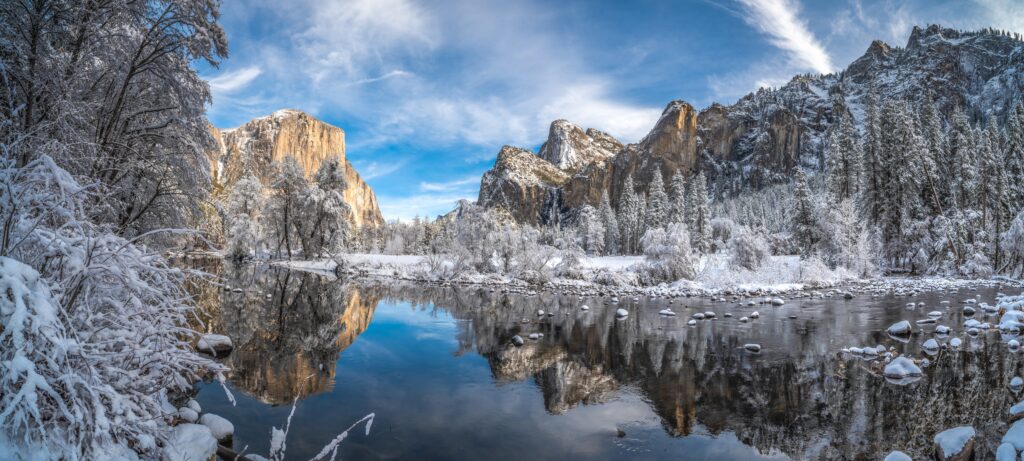Nestled between South Africa and Botswana, the Kgalagadi Transfrontier Park is a breathtaking expanse of semi-arid desert landscape that captivates the imagination of nature lovers and adventurers alike. Spanning over 38,000 square kilometers, this transfrontier park is a testament to the beauty of unspoiled wilderness, showcasing an incredible diversity of wildlife, unique geological features, and rich cultural history. In this blog post, we will explore the park’s history, geography, flora and fauna, and provide tips for planning your visit.
A Brief History
The Origins of Kgalagadi
The Kgalagadi Transfrontier Park was established in 2000 as a collaborative effort between South Africa and Botswana. It combines two former national parks: the Kalahari Gemsbok National Park in South Africa and the Gemsbok National Park in Botswana. This ambitious conservation project aimed to protect the unique ecosystems found in the Kalahari Desert while promoting cross-border wildlife conservation.
Cultural Significance
The region has been inhabited by the San people for thousands of years. The San, also known as the Bushmen, are known for their deep connection to the land and their traditional hunting and gathering lifestyle. Their rich cultural heritage, expressed through rock art and storytelling, remains an integral part of the park’s identity.
Geography and Landscape
The Kalahari Desert
The Kgalagadi Transfrontier Park is situated within the Kalahari Desert, characterized by red sand dunes, sparse vegetation, and occasional seasonal rivers. The park’s landscape features impressive fossil watercourses, such as the Auob and Nossob rivers, which flow only during the rainy season, creating lush green patches that attract diverse wildlife.
Unique Geological Features
One of the park’s most striking features is the stunning array of dunes, which can reach heights of up to 30 meters. These dunes shift and change with the winds, creating an ever-evolving landscape. Additionally, the park is dotted with camelthorn trees, which provide crucial shelter and sustenance for the region’s wildlife.
Flora and Fauna
Wildlife Diversity
The Kgalagadi Transfrontier Park is home to an incredible variety of wildlife, making it a paradise for nature enthusiasts and photographers. The park’s diverse ecosystems support over 60 mammal species, including iconic African animals such as:
- African Lions: The Kgalagadi is famous for its black-maned lions, often seen resting under the shade of trees or hunting on the open plains.
- Leopards: These elusive cats are often spotted in the park, particularly near riverbeds.
- Cheetahs: Known for their speed, cheetahs are frequently seen on the hunt in the park’s open areas.
- Kalahari Lions: Adapted to the harsh conditions of the desert, these lions have developed unique hunting techniques.
Birdlife
Birdwatchers will find a wealth of opportunities in Kgalagadi. The park is home to over 200 bird species, including:
- Secretary Birds: Known for their long legs and striking appearance, these birds are often seen hunting snakes.
- Lappet-faced Vultures: These large vultures can be spotted soaring above the park, playing an essential role in the ecosystem.
- African Fish Eagles: Often found near water sources, these birds are known for their distinctive calls and striking white head.
Flora
While the Kalahari may appear barren at first glance, it is home to a surprising variety of plant life. Key species include:
- Camelthorn Trees: These trees are vital to the ecosystem, providing shade and food for animals.
- Acacia Trees: Found throughout the park, these trees are important for many herbivores.
- Various Grasses: Grasses that thrive after rainfall provide crucial grazing for herbivores.
Visitor Experience
How to Get There
Accessing the Kgalagadi Transfrontier Park is relatively straightforward, with the main entrance points being the Twee Rivieren gate in South Africa and the Mata Mata gate in Namibia. Visitors typically fly into major cities such as Windhoek or Johannesburg and drive to the park.
Accommodation
The park offers various accommodation options, from campsites to lodges, catering to different preferences and budgets. Popular choices include:
- Campsites: For those who enjoy a more rustic experience, the park has several campsites equipped with basic amenities.
- Rest Camps: These camps provide comfortable accommodations with amenities like shops and restaurants, allowing visitors to relax after a day of exploration.
Best Time to Visit
The ideal time to visit Kgalagadi is during the cooler months from May to September, when temperatures are milder, and wildlife sightings are more frequent. The rainy season from December to March can also be rewarding, as the landscape transforms into a lush oasis, attracting a myriad of animals.
Activities
Visitors to Kgalagadi can enjoy a range of activities, including:
- Game Drives: Guided and self-drive game drives allow visitors to explore the park and witness its diverse wildlife up close.
- Photography: The park’s stunning landscapes and incredible wildlife make it a photographer’s dream.
- Walking Safaris: Guided walking safaris offer a unique perspective on the ecosystem, allowing visitors to connect more deeply with nature.
Conservation Efforts
Collaborative Conservation
The establishment of the Kgalagadi Transfrontier Park represents a significant step towards collaborative conservation in southern Africa. By combining efforts across borders, South Africa and Botswana are working together to protect the unique ecosystems and promote sustainable tourism.
Challenges and Threats
Despite these efforts, the park faces several challenges, including climate change, poaching, and habitat degradation. Ongoing conservation initiatives aim to address these issues, ensuring the park remains a sanctuary for wildlife and a place for future generations to explore.
Conclusion
The Kgalagadi Transfrontier Park is more than just a destination; it is a celebration of nature’s resilience and beauty. With its stunning landscapes, diverse wildlife, and rich cultural history, Kgalagadi offers a unique experience for adventurers and nature enthusiasts alike. Whether you’re seeking solitude in the vast desert or hoping to witness a thrilling wildlife encounter, Kgalagadi is a place where memories are made and the spirit of the wild is alive.
If you’re planning your next adventure, consider the Kgalagadi Transfrontier Park—a wilderness like no other awaits you!
